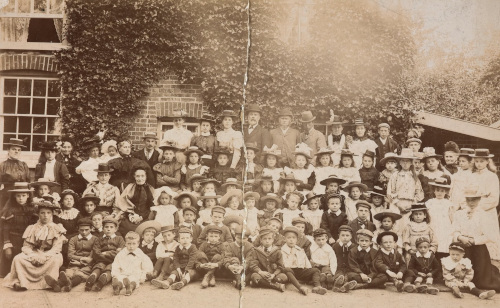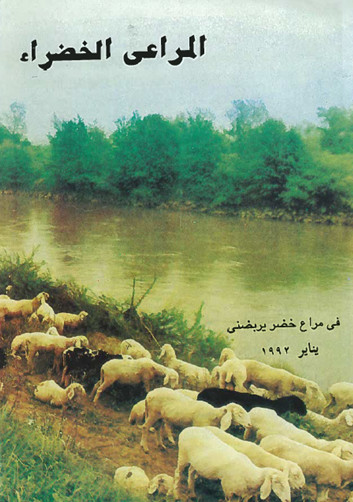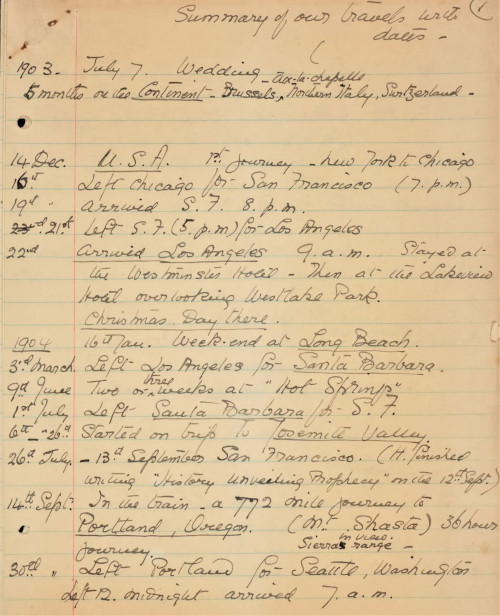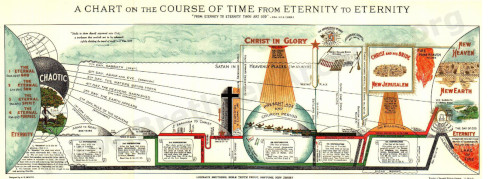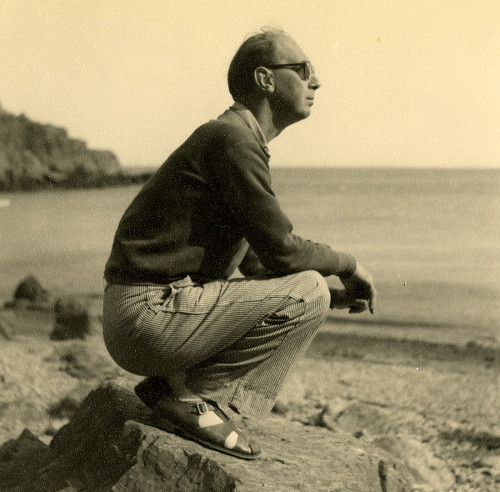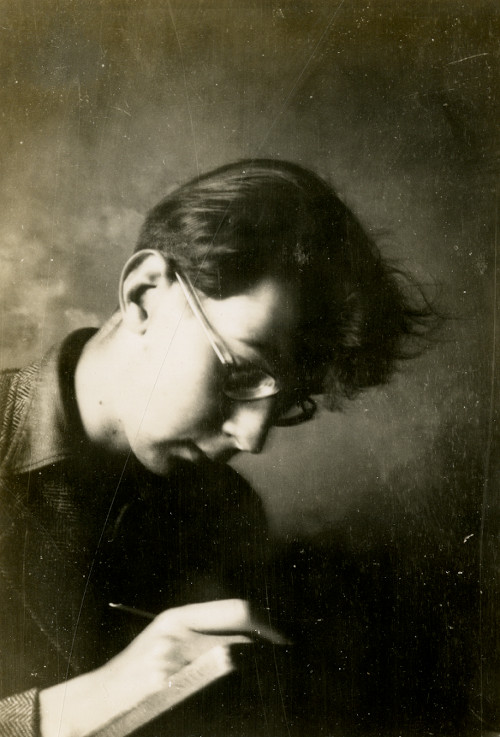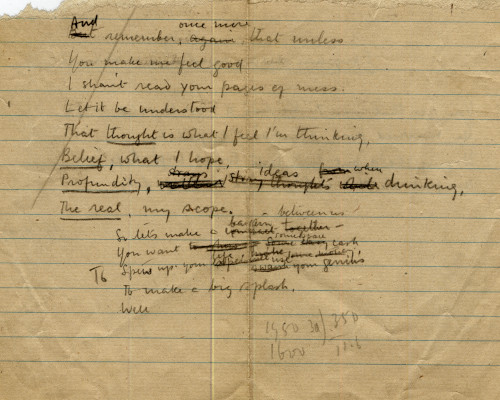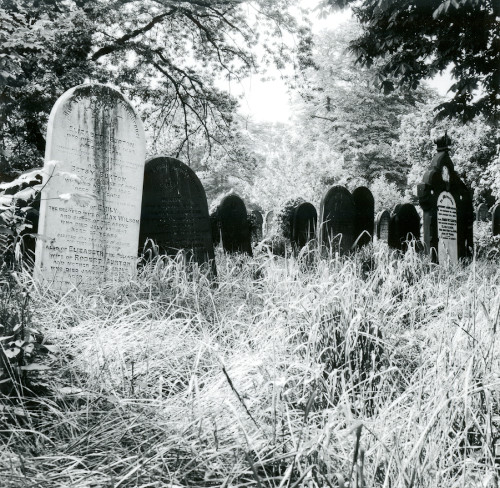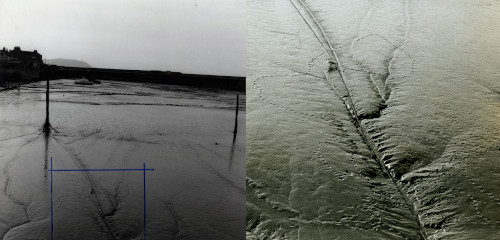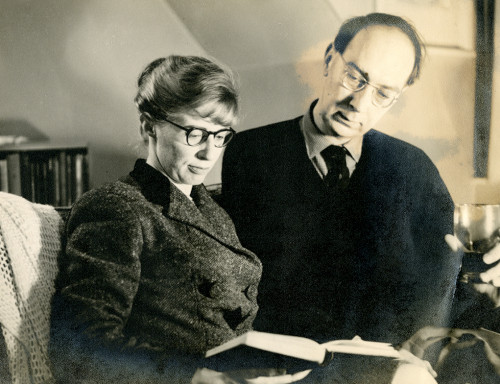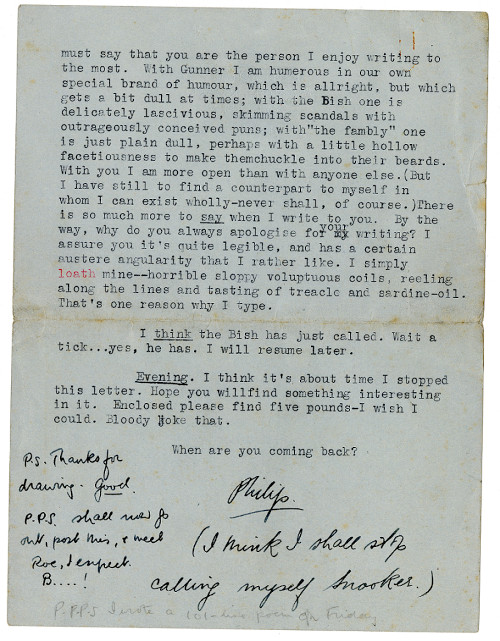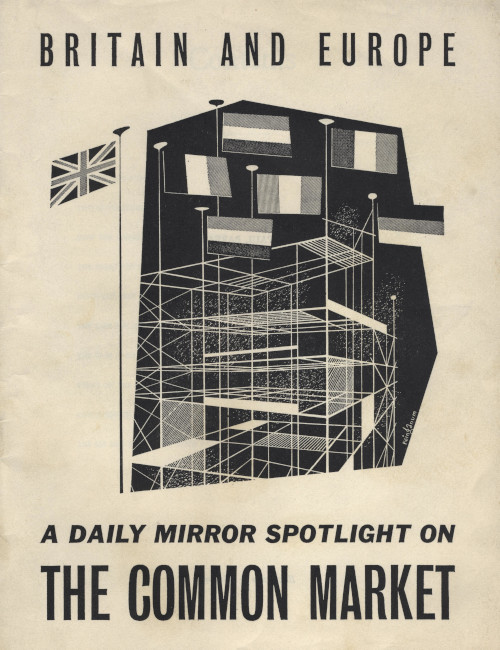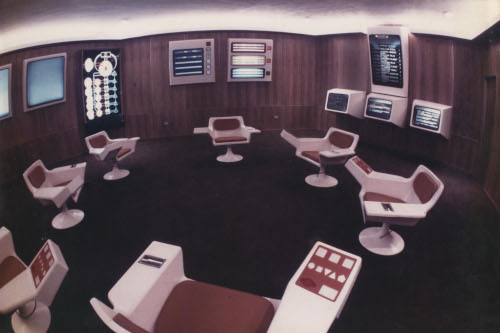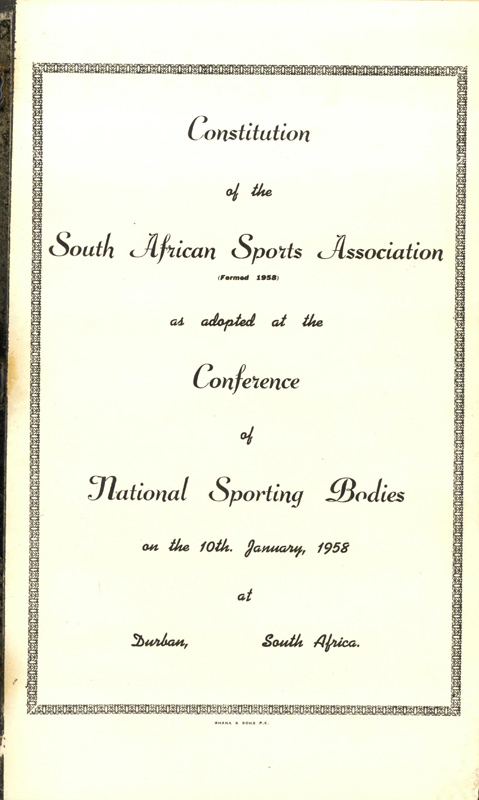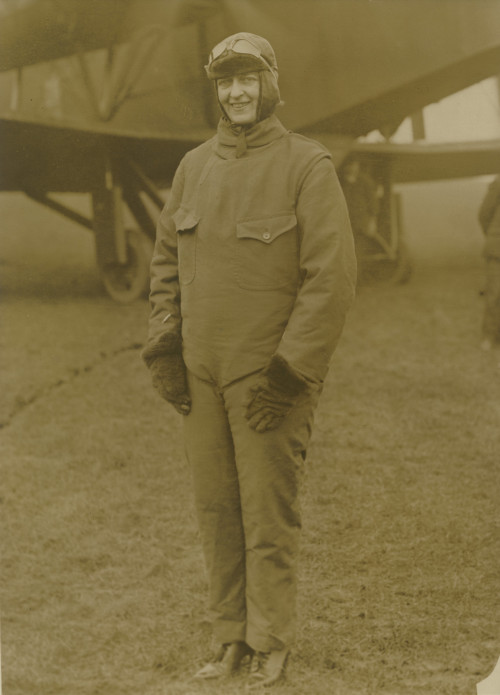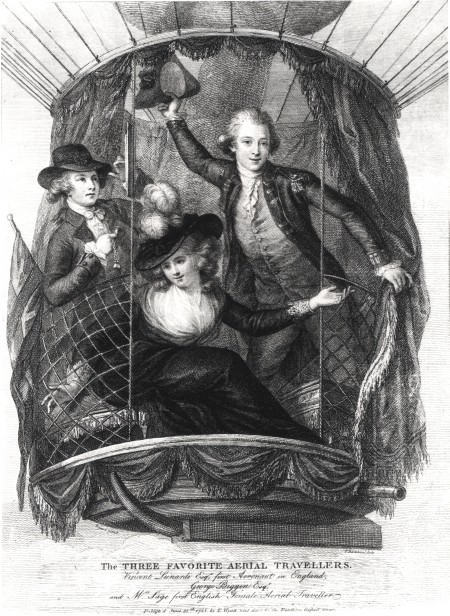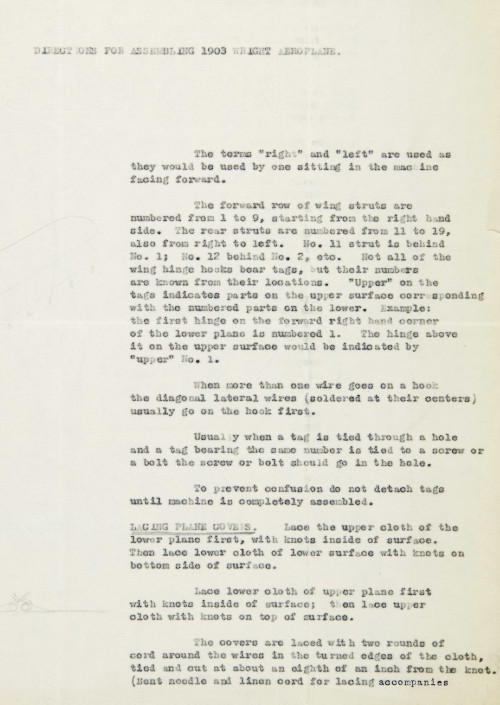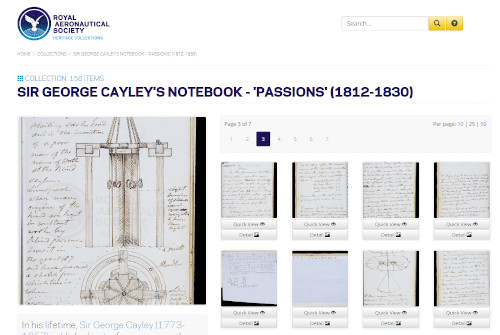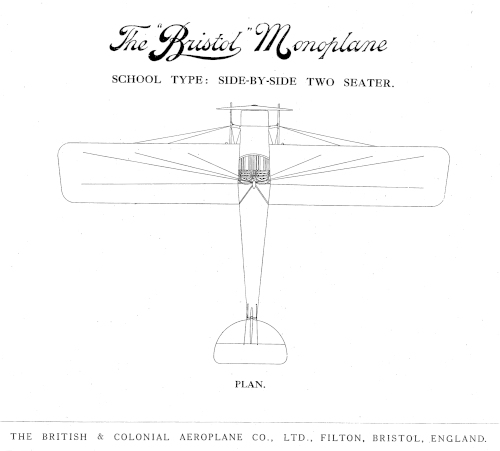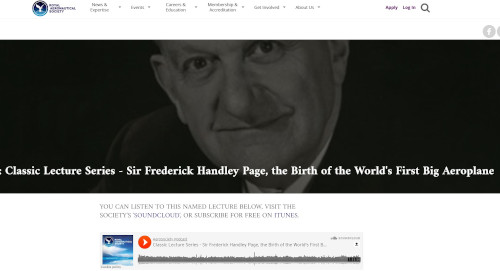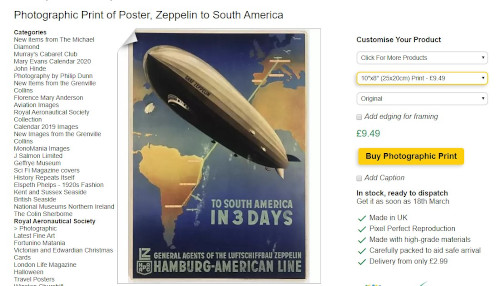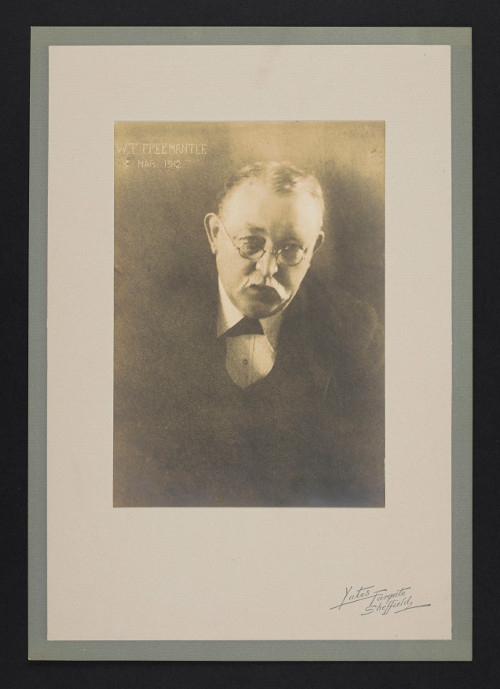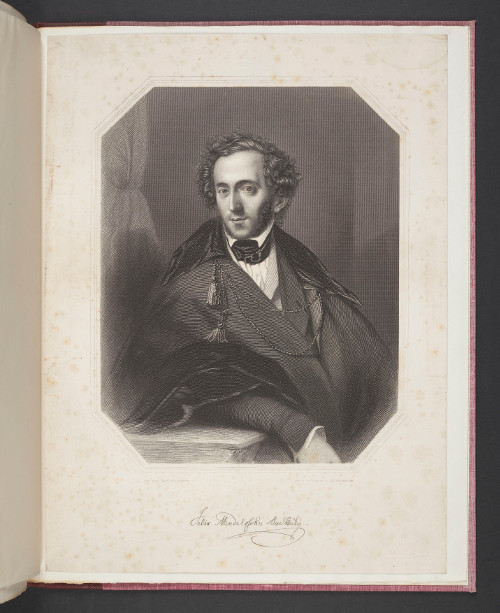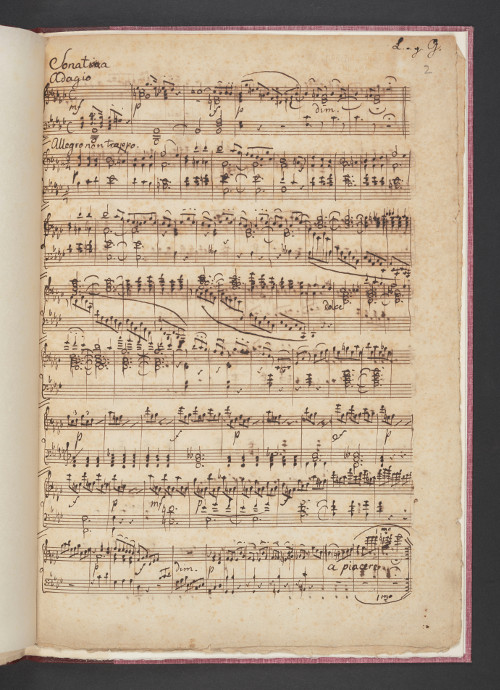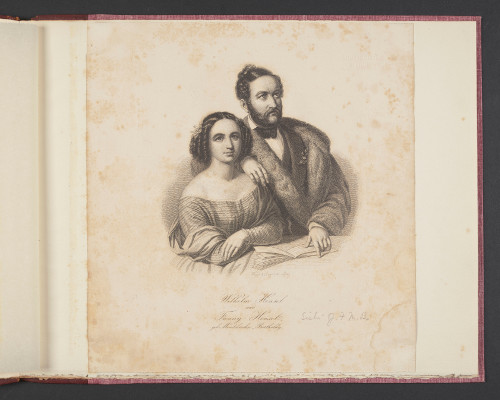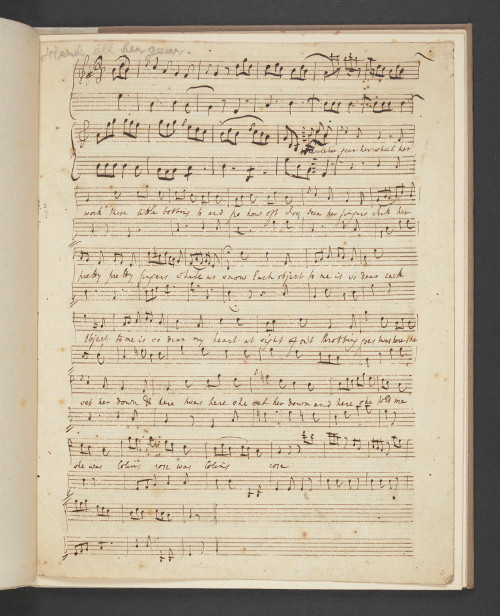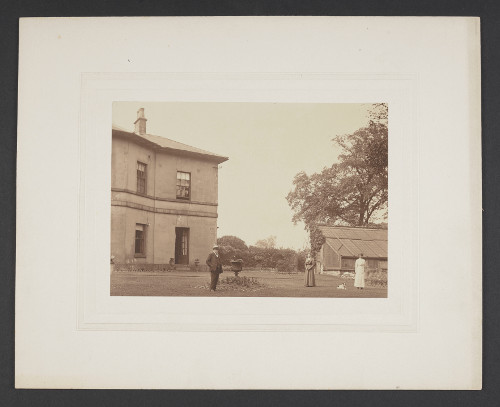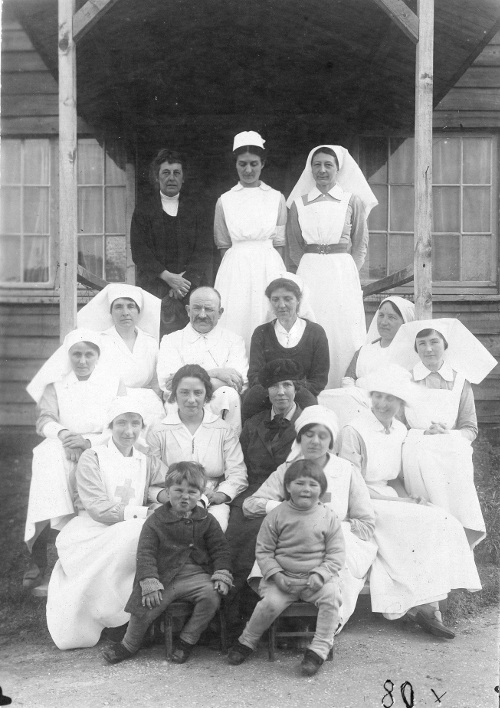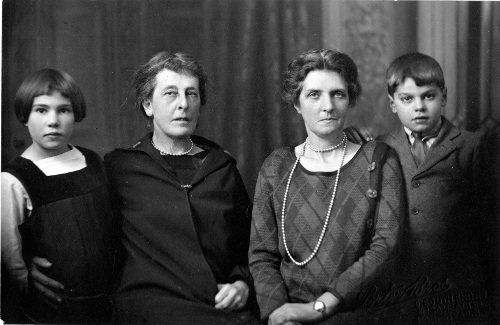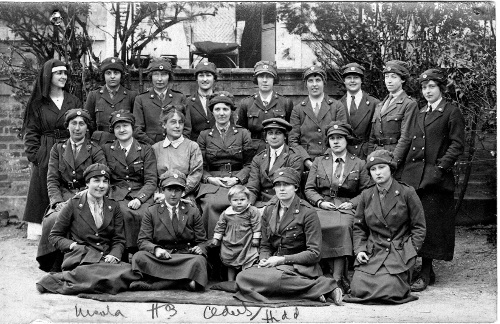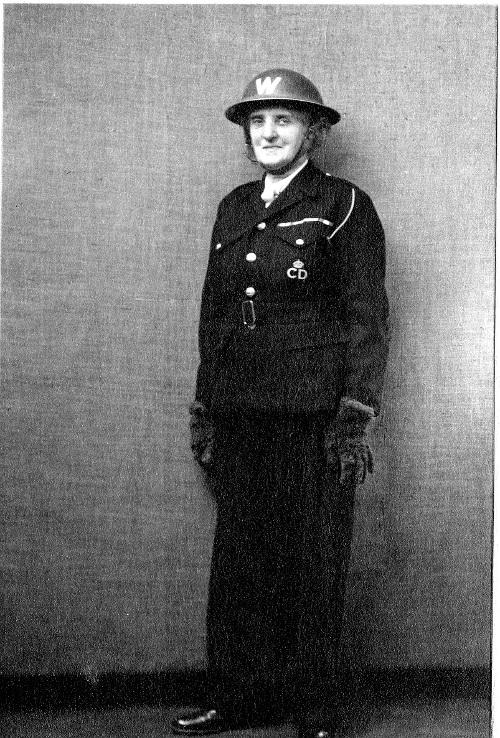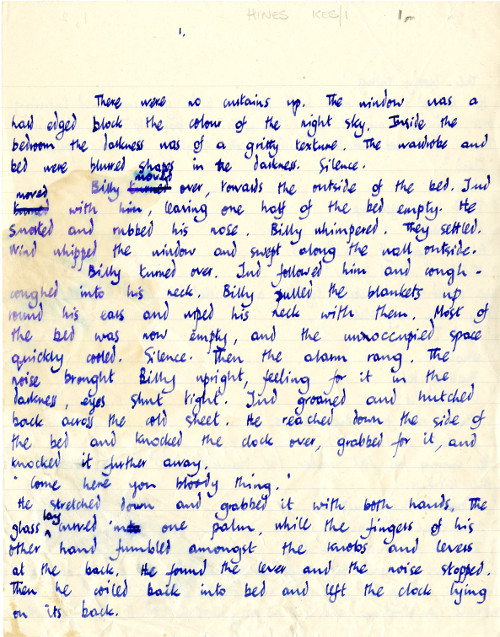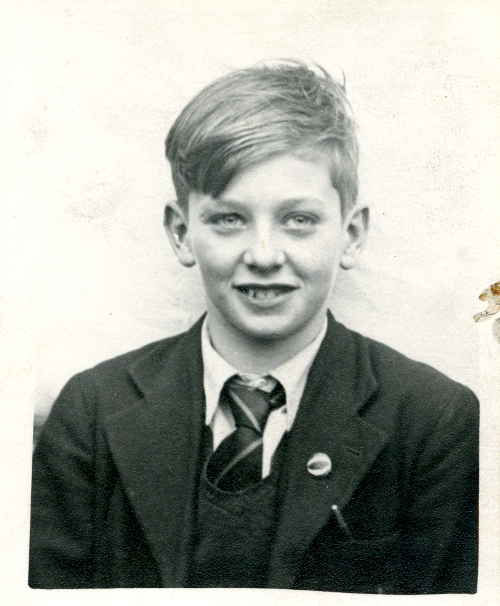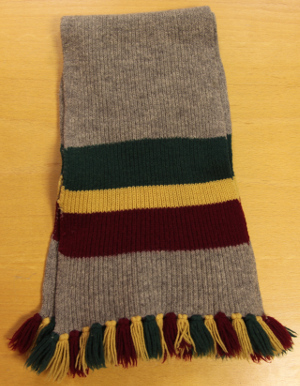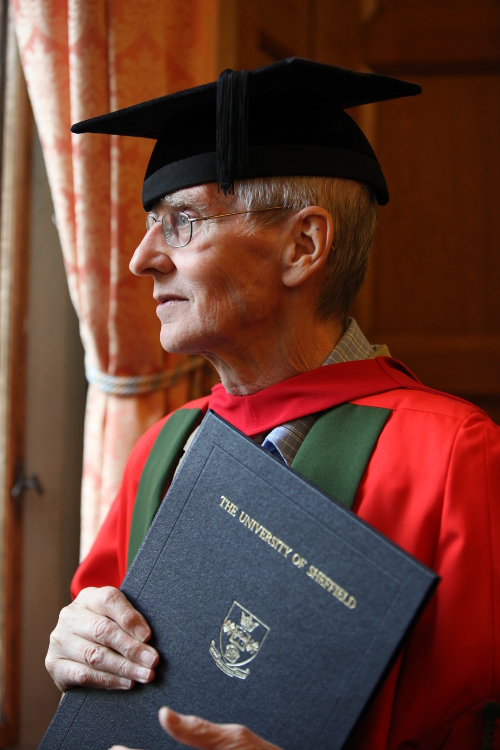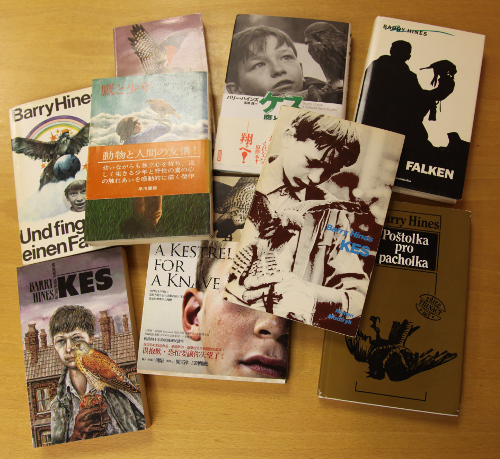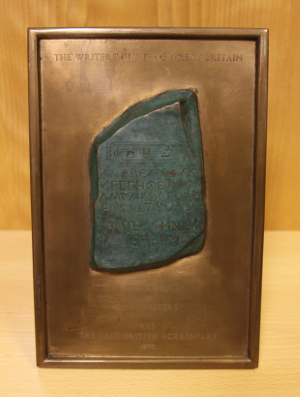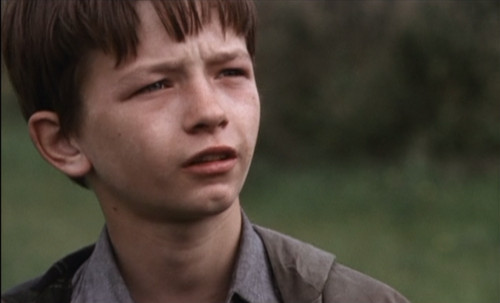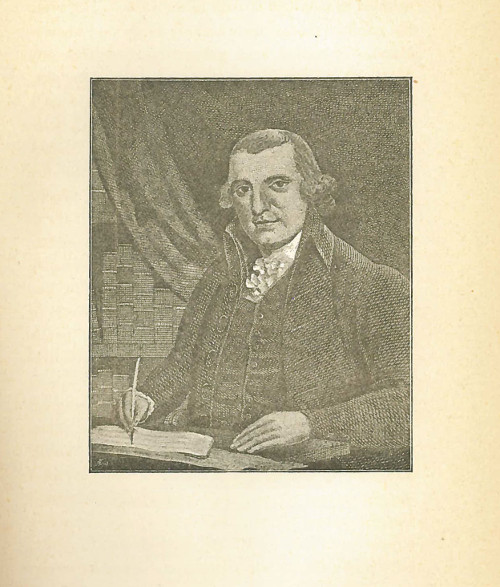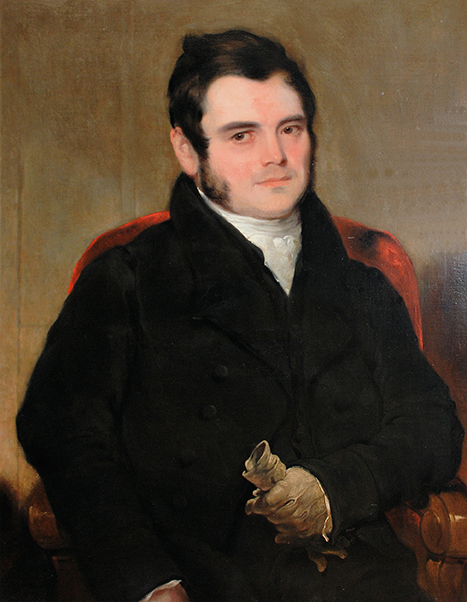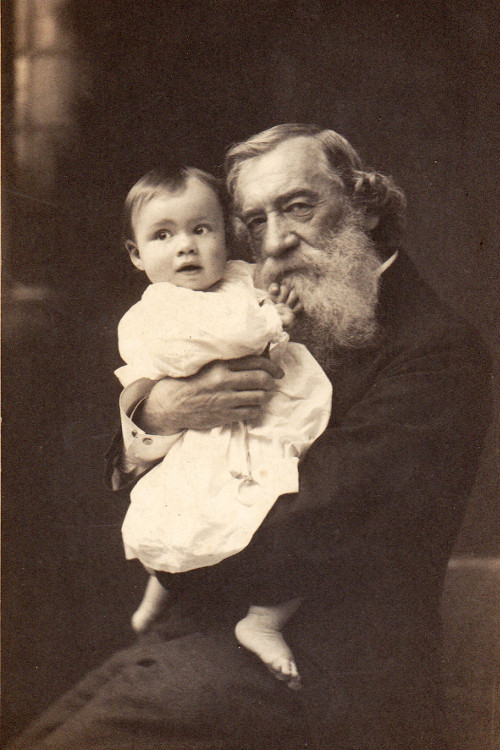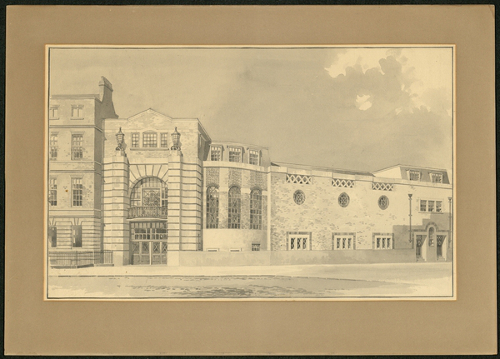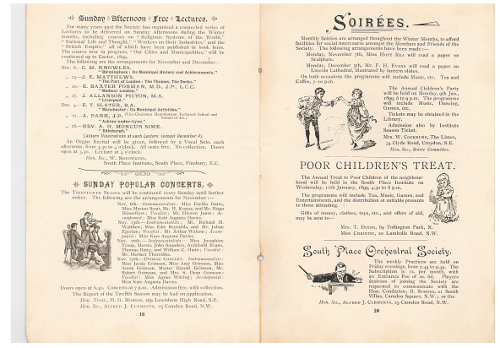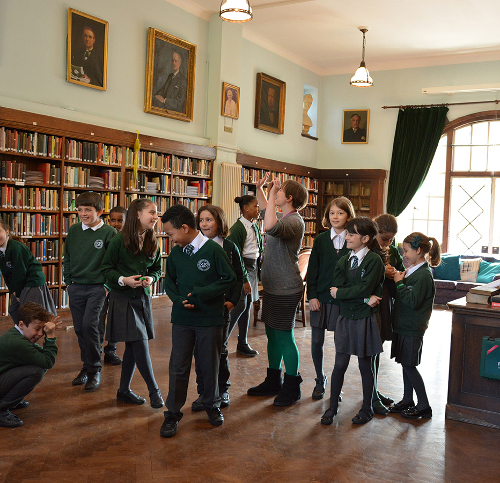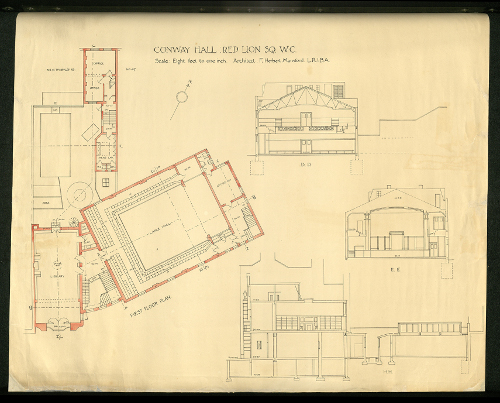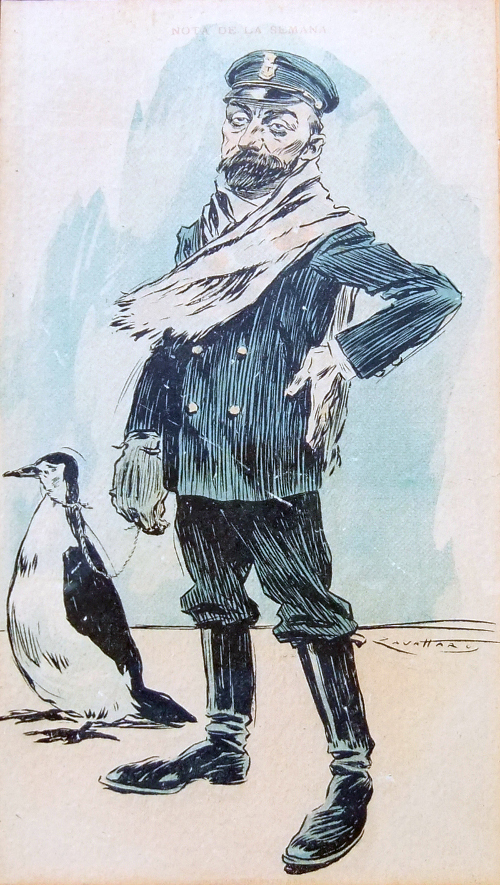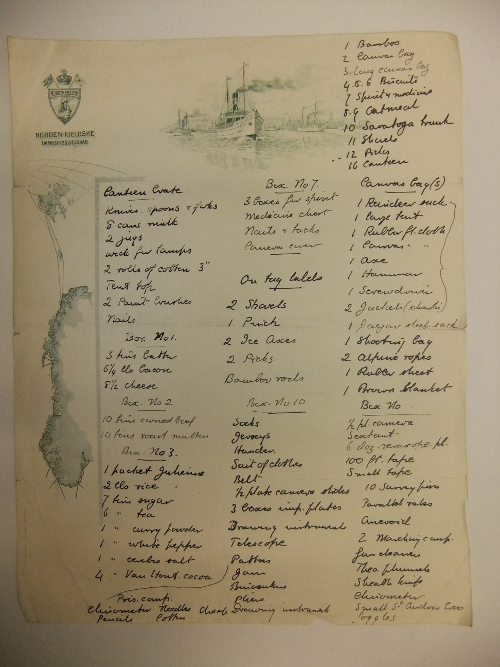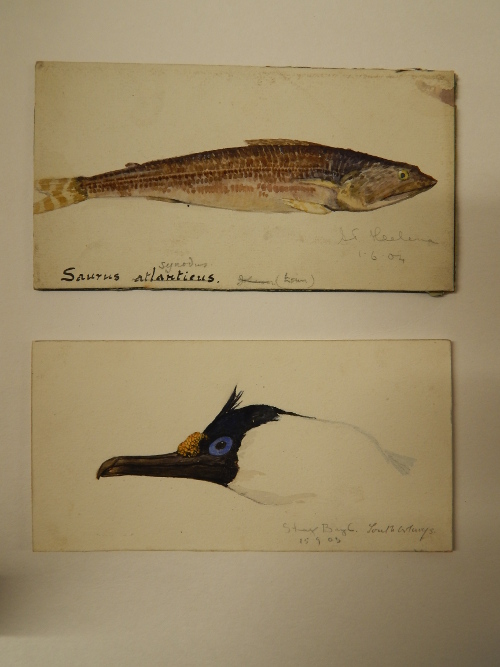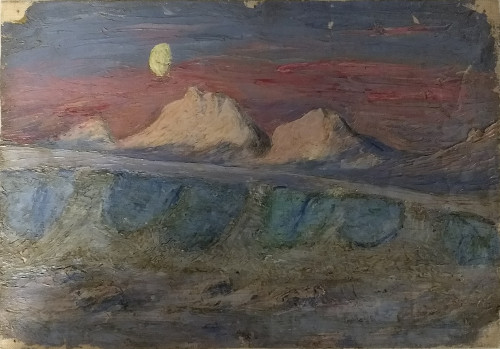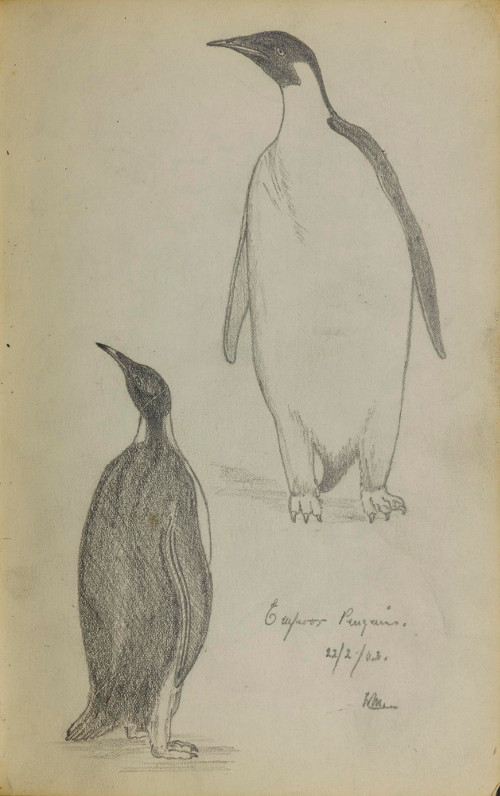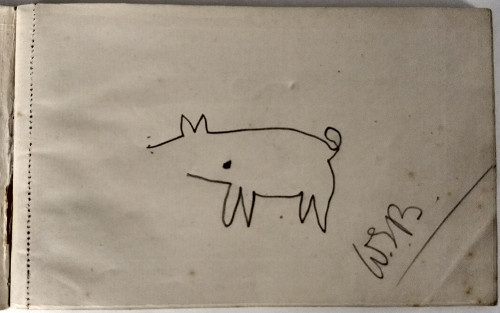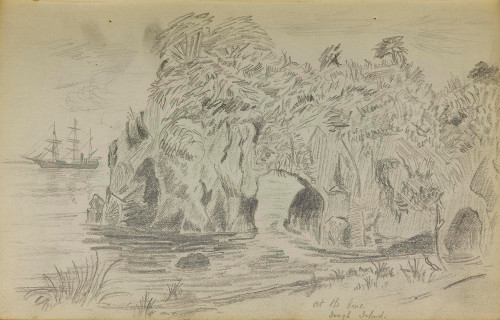Archives Hub feature for May 2024
In 2022, the Humanitarian Archive at the University of Manchester Library received one of its first collections. This archive, which was launched in 2021, aims to collect papers relating to humanitarianism, particularly from individuals or small organisations, or which relate to topics, points of view and events which are generally underrepresented in archives.
This collection consists of a small box of ephemera, memorabilia and papers concerning World Refugee Year 1959-1960, donated by Peter Gatrell, Professor Emeritus of History at the University of Manchester. This collection, built up by Professor Gatrell over the course of writing his book Free World? The Campaign to Save the World’s Refugees, 1956-1963, gives a fascinating insight into how the general public (particularly in the UK) interacted with this international campaign and the topic of the refugee crisis more broadly.
World Refugee Year was set up as an international response to raise money for and awareness of refugee crises happening around the world. The birth of the idea came from a group of British journalists who had previously reported on this topic: Timothy Raison, a journalist for the Picture Post and the New Scientist, Trevor Philpott, Colin Jones and Christopher Chataway, a journalist and former Olympic athlete and the first winner of the BBC Sports Personality of the Year award in 1954. The plan gained momentum, sparking interest among representatives of UNHCR, the World Council of Churches and the UK Foreign Office. The resolution to support World Refugee Year was passed by the UN in 1958, with the intent of encouraging financial contributions from ‘Governments, voluntary agencies and the general public’, and ‘to encourage additional opportunities for permanent refugee solutions, through voluntary repatriation, resettlement or integration, on a purely humanitarian basis and in accordance with the freely expressed wishes of the refugees themselves’[1]
At an international level, one of the biggest fundraising campaigns was the production of commemorative stamps across several different countries, as a ‘manifestation of world solidarity’.[2] Those who took part were required to include a World Refugee Year logo somewhere in their design, but aside from that they could interpret the theme how they wanted. Publicity regarding the campaign was broadcast through print and screen media, including planned magazine articles on Yul Brynner’s collection of them (Brynner was an advocate for World Refugee Year who became a special consultant to UNHCR in 1959).[3]
A stamp album and a collection of first day covers in the World Refugee Year collection show how diverse these interpretations were. Some countries chose a simple design, simply foregrounding the logo.
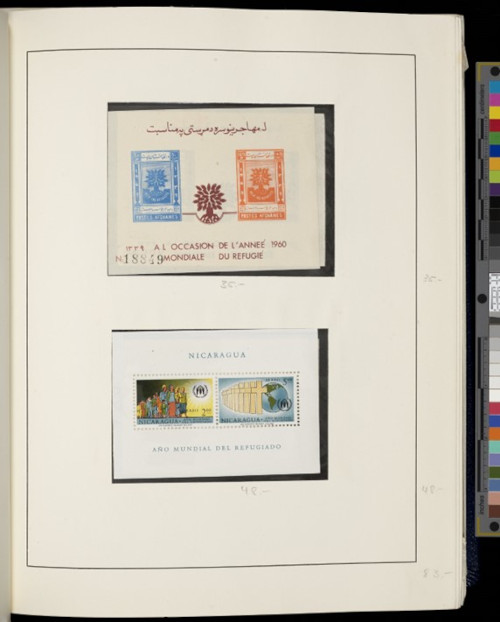
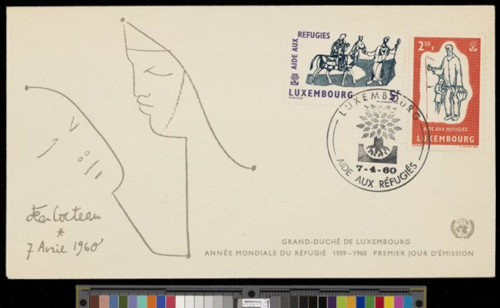
Others took this further, featuring biblical and Christian imagery, as with Luxembourg’s design.
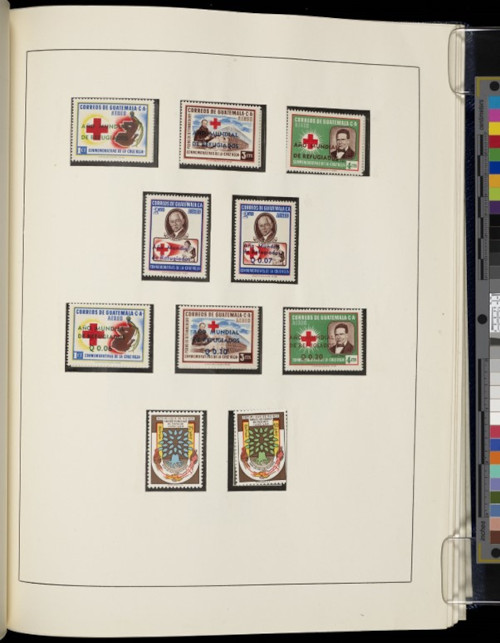
Others, like Guatemala, took the opportunity to commemorate a contemporary humanitarian organisation, by involving the red cross in their design.
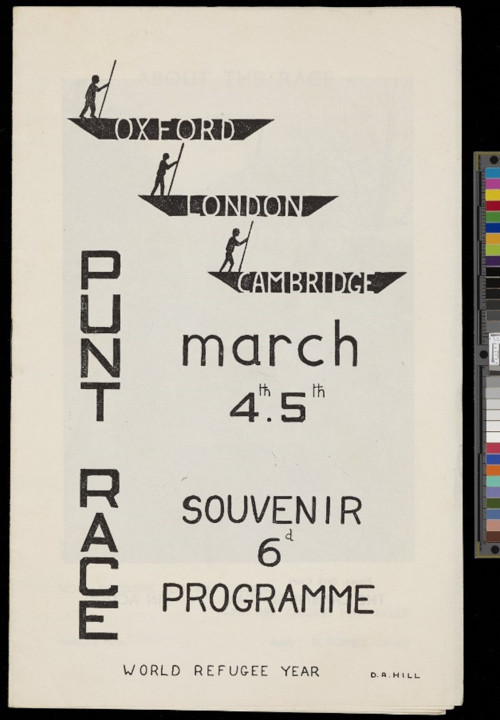
The UK notably, did not submit a design. A letter from Ernest Marples of the UK Post Office to Lady Elliot in the House of Lords states that the occasion does not fit with their usual criteria for issuing stamps, and that ‘we are constantly being bombarded with requests to issue stamps to assist this or that good cause’, and if they agreed to do this it would be impossible to ‘draw the line’.[4]
Despite being an international campaign, World Refugee Year focussed on engaging the general public. Many local and school committees were set up in the UK to run events, and a variety of organisations took the opportunity to get involved. The University of Cambridge held a ‘Fiesta’ day to coincide with an Oxford, Cambridge and London punt race. Other events on this day included plays, music, punt jousting, a tug of war and (quite jarringly considering the light-hearted nature of the other events) a display of ‘Authentic Refugee Huts’ in King’s College, Cambridge.
World Refugee Year aimed to capture the attention and efforts of children in particular. Schools were encouraged to set up committees and run events, and items to buy, and collect were produced, like the stamps, and the badge seen on the right below.
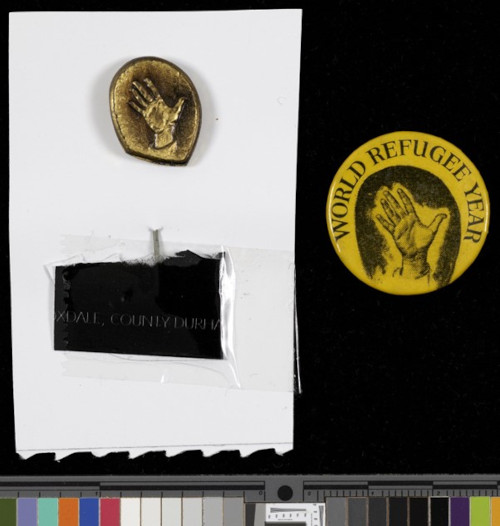
The World Refugee Year Collection in the Humanitarian Archive does not go into great detail about the planning of the campaign (this information is held by the UN archives in New York), but it does show something more personal. They give a glimpse into how the UK public engaged with the issue, with the events, and publications that were produced to commemorate it.
Flora Chatt
Humanitarian Archivist
University of Manchester Library
Related
To find out more about the Humanitarian Archive at the University of Manchester, please visit our subject page.
Browse all The University of Manchester’s Special Collections descriptions to date on Archives Hub
Previous Archives Hub features on The University of Manchester Library collections
The Christian Brethren Archive
The Editorial Correspondence of C.P. Scott in the Guardian archive
James Phillips Kay-Shuttleworth – pioneering educational reformer
Bicentenary of the birth of Charles Dickens
All images copyright The University of Manchester. Reproduced with the kind permission of the copyright holders.
[1] World Refugee Year | UNHCR
[2] Aide-Memoire, A Special United Nations Stamp Plan, MHCR/126/59, WRY/1/8, World Refugee Year Collection, University of Manchester Library
[3] Joint UNHCR/UNRWA stamp project: Information Services memorandum. WRY/1/8, World Refugee Year Collection, University of Manchester Library
[4] Letter from Ernest Marples to Lady Elliot of Harwood in the House of Lords, 19 March 1959. WRY/1/8.

